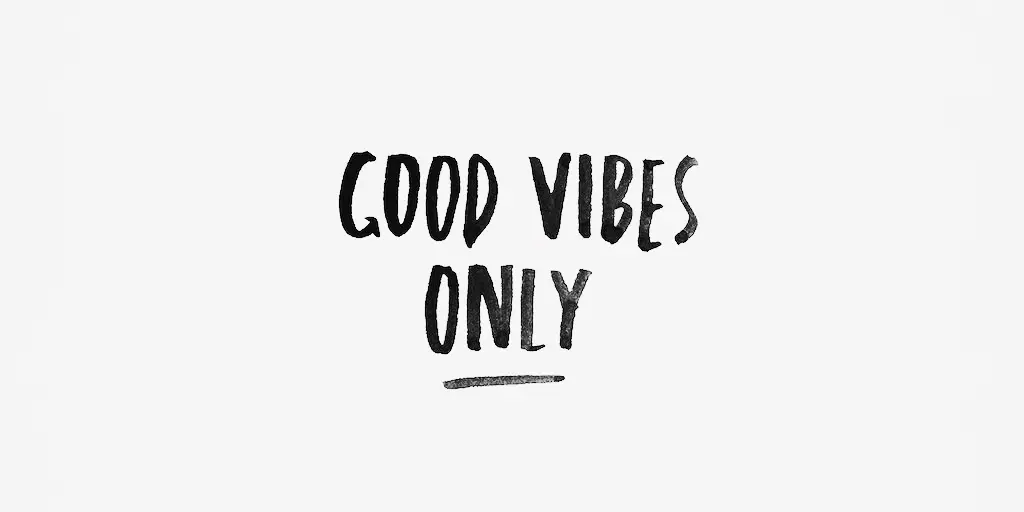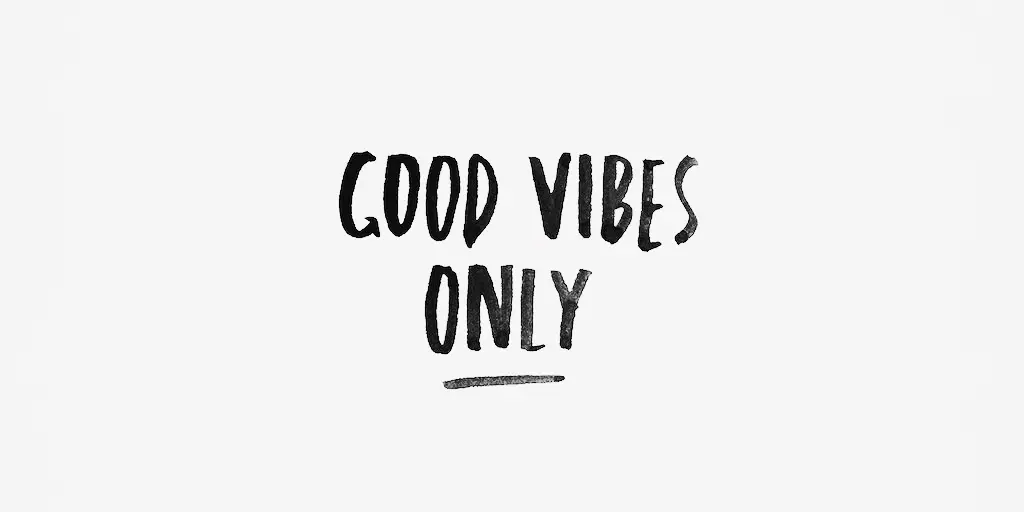Emoji to copy & paste

Emojis are emoticons and ideograms that are used in emails. Pictures that replace words were invented in Japan and quickly spread around the world. Now icons can be used in smartphones as well.
Emoji history
Shigetaka Kurita (栗 田 穣 崇), who invented emoji at the very end of the last century, developed a mobile Internet platform. 172 characters, 12 × 12 pixels in size, were intended for messages in i-mode, they became a feature of this platform. Emoji keyboard options have been introduced by the three largest telecom operators in Japan. Individual kits became available in other countries after being included in Unicode.
Emoji could be used by owners of smartphones with Windows Phone and iPhone. In the spring of 2009, emoji appeared in Gmail. Apple Mac OS X has supported emoji since version 10.7. Now the kits offer such popular applications as WhatsApp, Telegram, Discord, Skype, VK and many others. Google built emoji into the keyboard in 2013. There are free fonts with emoji support, such as Symbola. Some operating systems do not correctly reflect individual emoji, a square appears instead of a picture.
Almost simultaneously with Shigetaka Kurita, in 1997, the Frenchman Nicolas Loufrani decided to develop the theme of animated emoticons. Laufrani created the first emoji dictionary, which included sets of emoticons for sections dedicated to holidays, flags, emotions, sports, weather, etc. The first graphic emojis were registered in 1997 and were posted on the Internet the following year. In 2000, Laufrani's catalog contained more than a thousand emoticons and was available for download on mobile phones.
The universality of emoji is confirmed by all Internet users. Emoji have long become familiar and international, although there are also specific Japanese characters among them. It is unlikely that most people understand such emoticons as "ioriten" or "white flower".
Interesting Facts
- American director Tony Leondis directed The Emoji Movie. The action takes place in the homeland of emoji in the city of Textopolis. The cartoon character Jin is not like the rest of the townspeople, whose facial expressions do not change. To become like everyone else, Jin goes to the world of mobile applications.
- The first emoticons were symbols ─ colon, hyphen and closed or open parenthesis. On September 19, 1982, they were proposed by the American computer science professor Scott Fahlman.
- The right to sell emojis was issued by the German Marco Hüsges. He sells licenses for their use on clothing, packaging, etc.
- Xu Bing (徐冰) is a Chinese artist who created the "Book from the Earth". With some emojis, he described a day in the life of an employee. Tennis player Roger Federer also made a successful attempt at communication without letters, who tweeted in emoji language.
- Everyone has the right to create their own emoji. Applications are accepted by the non-profit Unicode Consortium.
The most frequently used emoticon is “Face with tears of joy”. You will find a use for this emoji too, but start using the service first.
